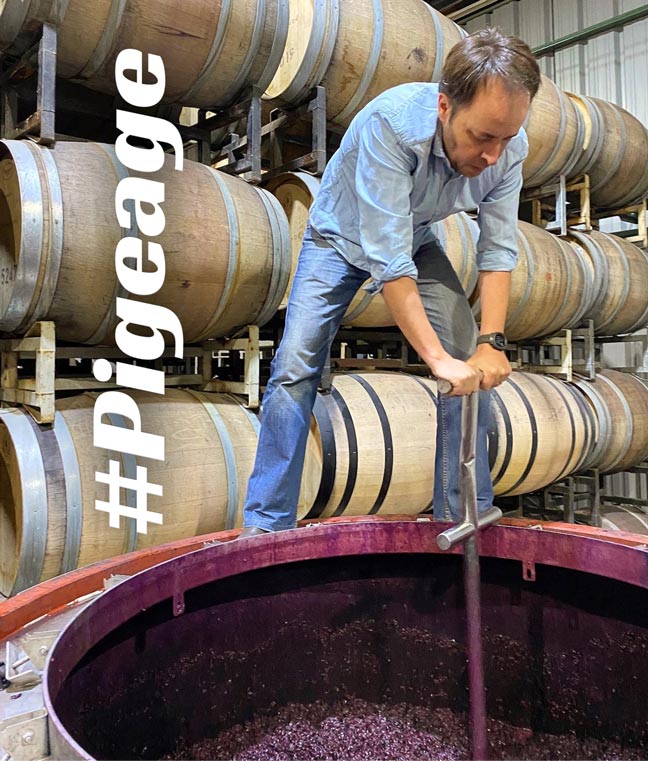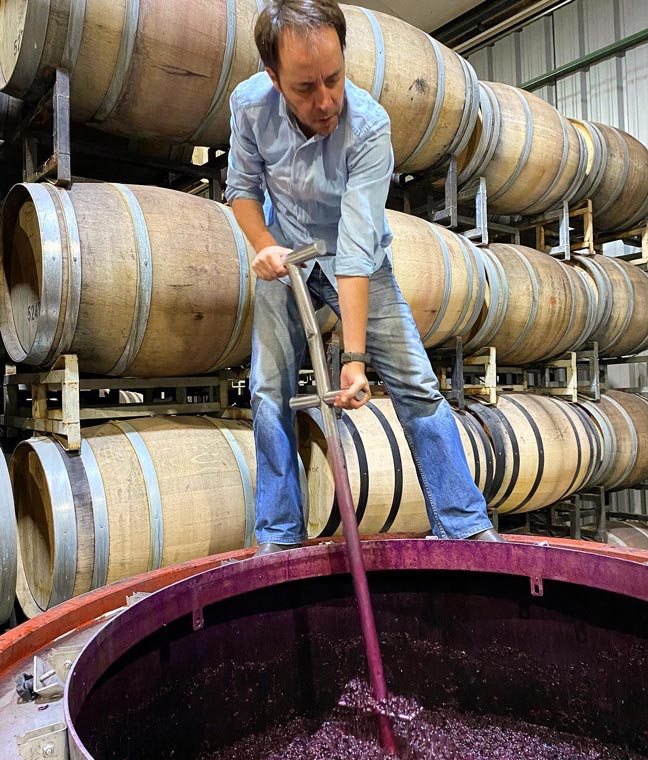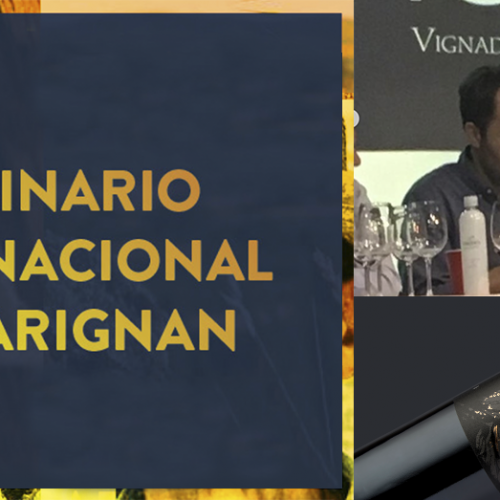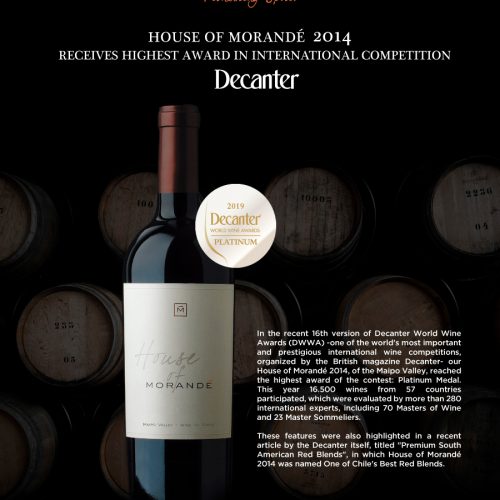
30 Abr Among Lagares and Open Vats – The craftsmanship of fermentation in our winery
The foot winepresses or lagares, are the oldest and most effective recipients for fermenting grapes and making wines. A foot winepress is nothing but a sort of pool, usually made of cement or stone, which receives the previously destemmed grapes, either scrubbed on a sieve (zaranda) of bamboos (colihues) or directly in whole bunches. The grapes are foot-treaded or stomped (also known as pigeage) that is, they are sunk and pressed to break them, release their juice and thus initiate fermentation.
With time, the cement and stone foot winepresses have been joined by wood and stainless-steel tanks, but the concept is always the same. The fact that these containers are open is very beneficial, as it allows the fruit to be in contact with air. And oxygen is necessary for the yeasts to do a continuous and healthy job. Open tanks also have other benefits, such as the ability to easily release temperature during moments of tumultuous fermentations. But also for punching down the grapes. A simple wooden or steel plunger is used to manually push the “cap”, that is, the layer of grape skins that floats on the surface due to the CO2 released during fermentation. Punching down is also the most delicate way of extracting the components of the skins to achieve concentrated and elegant wines. And if the grapes are of good quality, this is also the best way to transfer all their characteristics to the wine.
But, for the same reasons considered suitable for fermenting, foot winepresses or open tanks are not good for storing or aging wines. After devatting and pressing the skins, the wine is sensitive to oxygen. This is due to the activity of acetic bacteria that transform alcohol into acetic acid, that is, vinegar. Therefore, from that moment on, the wine needs to be stored in closed and well-filled tanks, such as barrels or foudres. Cellaring should be a positive process that will allow the wines to improve through a beneficial micro-oxygenation that prevents harmful bacterial activity.
At Viña Morandé we have been using for many years this artisanal way of making wines. In our winery we have wooden, cement and stainless-steel open-top tanks of different capacities, which we use for fermenting our best grapes, such as Cabernet Sauvignon from Alto Maipo, or Carignan and Grenache from Maule. Also, and very specially our Pinot Noirs from Casablanca. This variety, whose grapes have a thin and delicate skin, requires manual punch downs to extract only the positive components of the skin, but without over-extracting. Violent mechanical actions, which break the skins, can only transfer bitter tannins and a vegetal character to the wine.
For our new experimental winery, we have gathered all these ideas and knowledge, especially those related to this particular subject. That is why we have incorporated cement foot winepresses, clay amphorae, cement, and wooden open-top tanks, as well as the already famous cement eggs, all of which allow manual punch downs.
Ricardo Baettig
Winemaker at Viña Morandé






